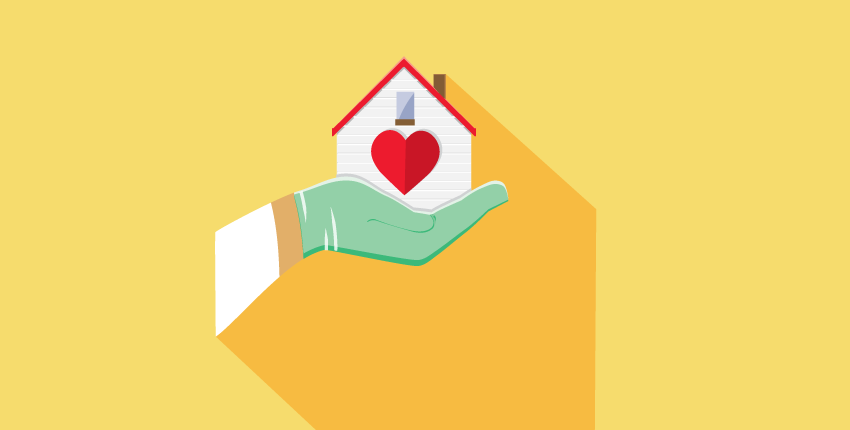Home Hospital: Potential Gains and Obstacles
David M. Levine, MD, MPH, MA,a physician and researcher at Brigham and Women’s Hospital, discusses potential gains and obstacles for home hospital.
David M. Levine, MD, MPH, MA,a physician and researcher at Brigham and Women’s Hospital, discusses potential gains and obstacles for home hospital.

Home hospital is an innovative care model which builds on advances in telemedicine that make it increasingly possible to deliver hospital services outside of the traditional setting. The upside? Costs can be decreased while patients recover from the comfort of their homes with improvements in quality and satisfaction with the experience. But challenges remain in identifying the right combination of technology and medical personnel to improve and optimize this option.
David M. Levine, MD, MPH, MA, is a general internist at Brigham and Women’s Hospital, where he directs their Home Hospital project. He answers three questions for Executive Education on the home hospital model, patient impact, and changes in technology that might broaden its appeal as part of health care delivery.
Interview condensed and edited for clarity.
Essentially, home hospital is the delivery of acute care services at home. It’s taking all the tools that we generally think of as necessary in the hospital –– like IV antibiotics, imaging, specialized blood testing –– moving them to a patient’s home and getting them exactly the right care that they need.
I think we’re seeing a pretty impressive shift of care to the patient’s home in many areas of health care. This is a prime example of that trend. We’ve seen the growth in telemedicine, another prime example. There we’re saying, “You can get really good care from your home by having a telemedicine visit with a physician.” Home hospital is the corollary: “You can get really good acute care, hospital-level care, and technologies, but also have clinicians in your home.”
At the Brigham, we’ve done the United States’ first pilot randomized, controlled trial of home hospital. Half of our patients stayed in the hospital, and half went to the home hospital, so we were able to compare those two groups really closely and carefully. Our findings from this trial and additional research show, for example, reduced 30-day readmission among patients who are home hospitalized. We’re seeing patients with improved experience ratings: they’re much happier at home. And we’re not seeing any large changes in quality or safety.
There are other interesting trends in things like physical activity, where we were able to measure how much patients move. We’ve demonstrated that patients are upright more often and less sedentary when they’re at home. Also, patients who are home hospitalized end up receiving fewer blood draws, radiology tests, and consultations than patients who are traditionally hospitalized. All those things total up to a reduction in the cost of care.
Most of our patients just say there’s nothing like home. That statement is hard to quantify, but they say that all the time. We have done a series of qualitative studies, trying to look at some of the big differences and drivers. A lot of it is improved connection with family and caregivers. There’s also the sense of agency and privacy that you lose when you’re in the hospital. You often don’t even get to control when you go to the bathroom. All these things really total up to having a better locus of control, having more certainty about what’s happening and when it’s happening, and all the while doing it from your home, which is most people’s comfort zone.
More robust telemedicine solutions and point-of-care diagnostic technology are needed. Probably more sensing technology is needed as well, being able to know what’s going on with patients and what’s going on in the home without affecting privacy too much and without requiring the patient to do too many things.
There’s also the whole question of the right team to make this kind of care model tick. You can put people into a situation and hope that it fixes things, or you can put technology into the situation and hope that it fixes things. My argument is that, actually, when you put both of those components together, there’s a great synergy. That’s really what we’re doing with home hospital. We’re not just bringing technology into somebody’s home, dropping it off, and saying, “Good luck.” Nor are we just bringing a nurse to a home and saying, “Hope you can treat this patient.” We’re combining technology and innovative health care clinicians. We don’t really know the right combination yet. There’s a lot more work to be done.
Continue the conversation on Twitter by connecting with us @HMS_ExecEd or with Dr. Levine @davidlevinemd. Join Dr. Levine at our Spring 2019 program, Inside the Healthcare Ecosystem: Strategic Insights for Business Leaders.
— Steve Calechman
Access the latest insights into the business and practice of health care, brought to you by Harvard Medical School.
From digital health to trends in patient care, our open enrollment programs are designed for leaders whose work impacts health care.
© 2025 by the President and Fellows of Harvard College